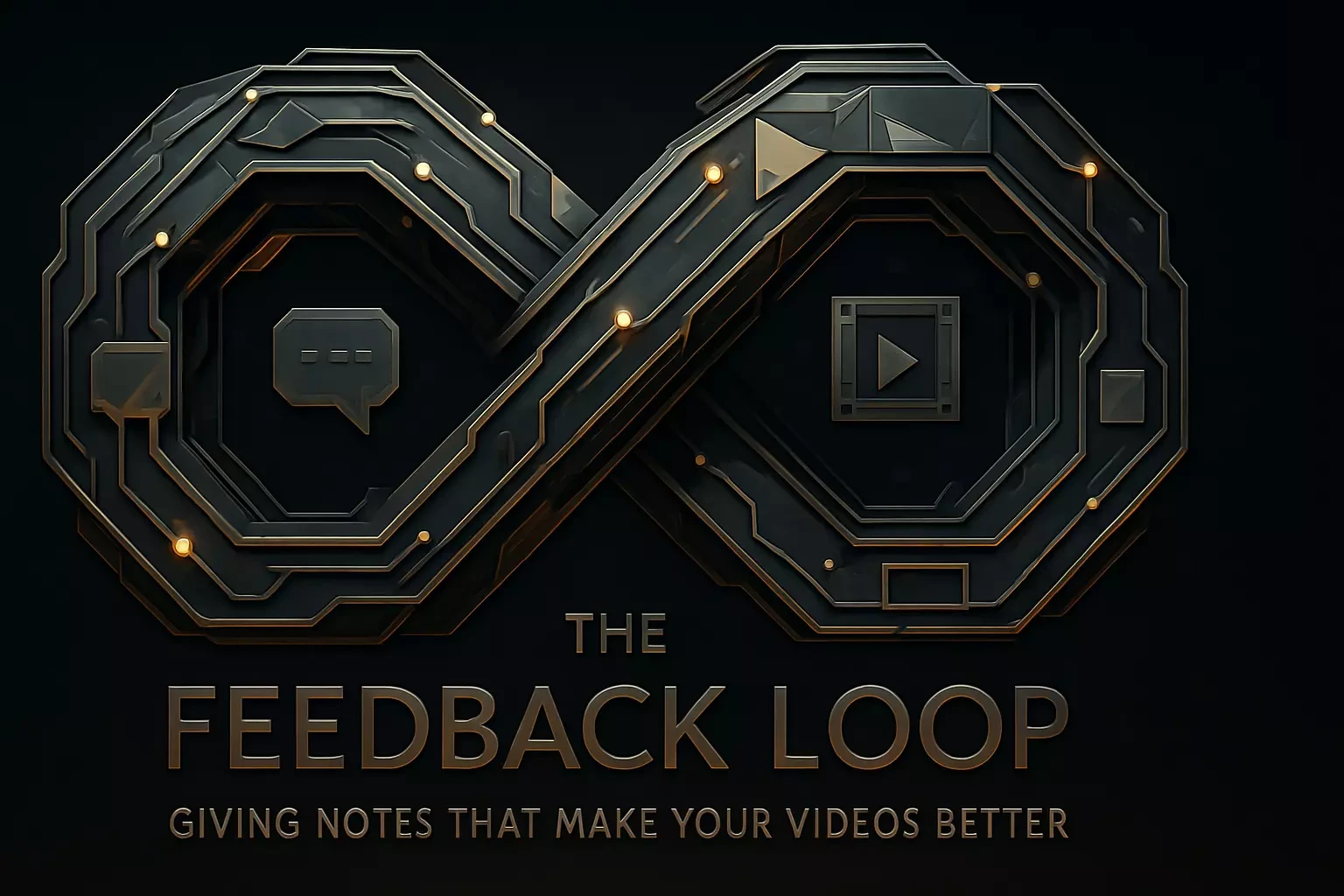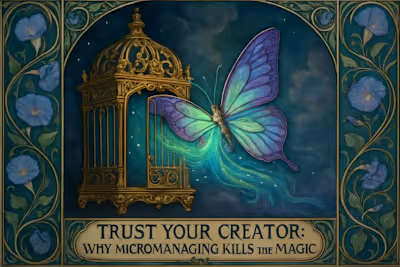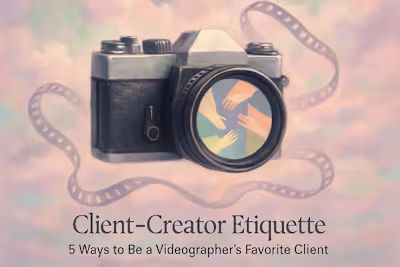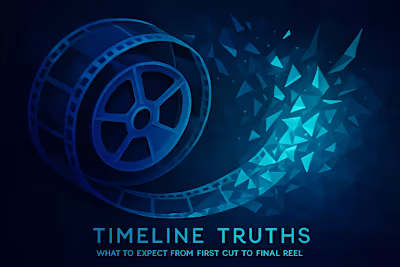The Feedback Loop: Giving Notes that Make Your Videos Better

The Feedback Loop: Giving Notes that Make Your Videos Better
The Golden Rules of Constructive Video Feedback
Be Specific and Actionable
Anchor Feedback to the Original Goal
Use the 'Feedback Sandwich' Method
What to Focus On at Different Stages of Editing
First Cut: The Big Picture
Polished Cut: The Finer Details
Final Cut: The Final Polish
Tools and Techniques for Streamlined Feedback
Consolidate Your Feedback
Use Video Review Platforms
Building Long-Term Creative Partnerships
Common Feedback Pitfalls to Avoid
Making Feedback Work for Your Timeline
The Psychology of Effective Feedback
Wrapping Up: Your Feedback Action Plan
References
The Feedback Loop: Giving Notes that Make Your Videos Better
The Golden Rules of Constructive Video Feedback
Be Specific and Actionable
Anchor Feedback to the Original Goal
Use the 'Feedback Sandwich' Method
What to Focus On at Different Stages of Editing
First Cut: The Big Picture
Polished Cut: The Finer Details
Final Cut: The Final Polish
Tools and Techniques for Streamlined Feedback
Consolidate Your Feedback
Use Video Review Platforms
Building Long-Term Creative Partnerships
Common Feedback Pitfalls to Avoid
Making Feedback Work for Your Timeline
The Psychology of Effective Feedback
Wrapping Up: Your Feedback Action Plan
References
Posted Jun 30, 2025
Effective feedback is key to a great client-creator relationship. Learn how to give specific, constructive notes to your Reels videographer for a better final cut.








